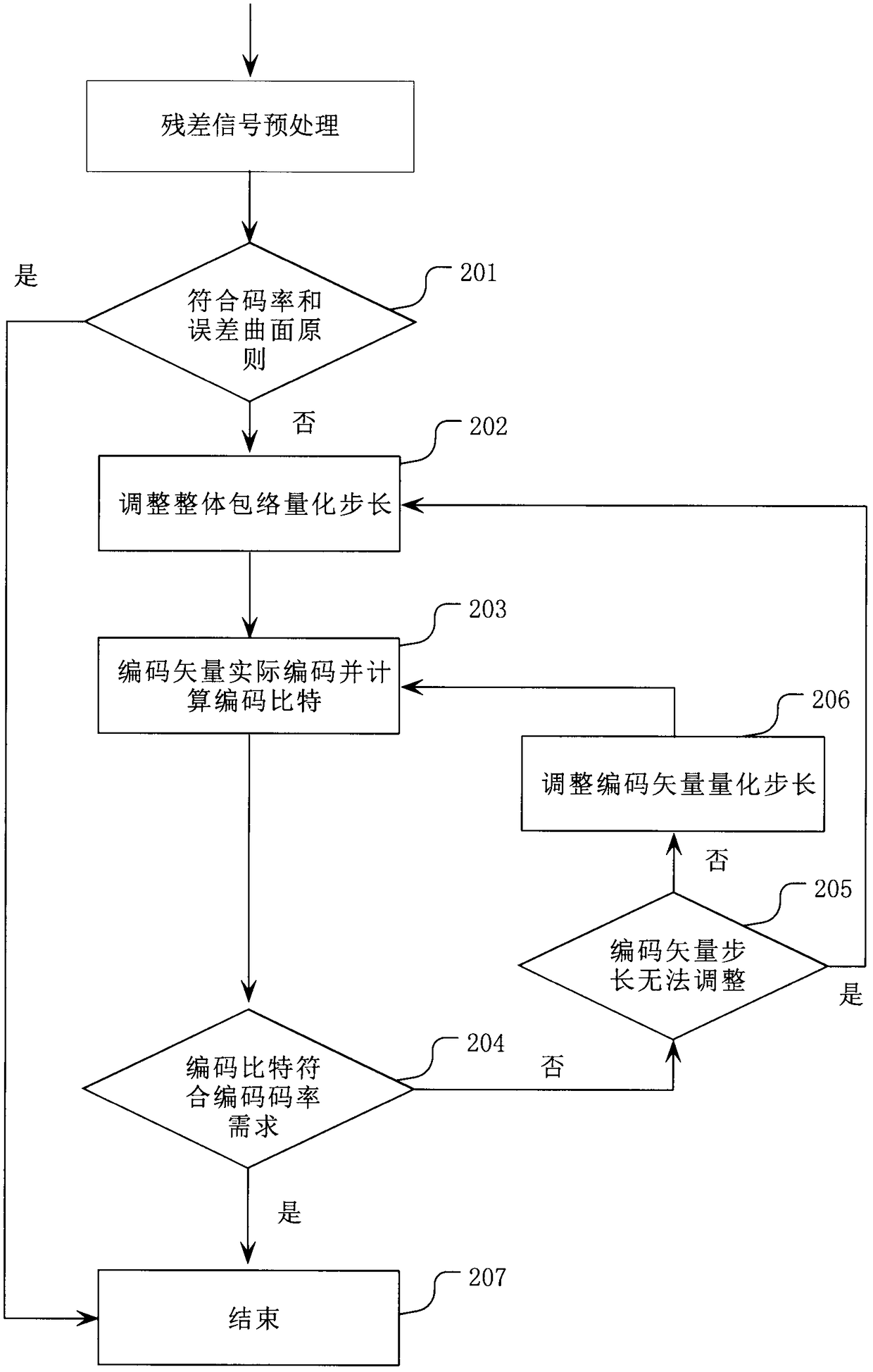Multi-description speech coding and decoding methods and systems based on linear predictive residual classified quantization
A linear prediction and multiple description technology, applied in the field of speech codec and transmission, can solve the problems of inflexible description decomposition method, low compression rate of encoder, and inability to further improve the quality of speech codec.
- Summary
- Abstract
- Description
- Claims
- Application Information
AI Technical Summary
Problems solved by technology
Method used
Image
Examples
Embodiment Construction
[0018] The technical solutions in the embodiments of the present invention will be described below with reference to the accompanying drawings in the embodiments of the present invention. Obviously, the described embodiments are only some of the embodiments of the present invention, not all of them. Based on the embodiments of the present invention, all other embodiments obtained by persons of ordinary skill in the art without making creative efforts belong to the protection scope of the present invention.
[0019] The main concept of the present invention is that the invention provides a multi-description speech coding method based on linear prediction residual classification and quantization, and the specific process is as follows:
[0020] Step 1. Carry out signal framing of the voice stream to be encoded, use the short-term average zero-crossing rate to perform silence detection, execute 101, and output the silence detection identifier flag to 111;
[0021] Step 2, signal ...
PUM
 Login to View More
Login to View More Abstract
Description
Claims
Application Information
 Login to View More
Login to View More - R&D
- Intellectual Property
- Life Sciences
- Materials
- Tech Scout
- Unparalleled Data Quality
- Higher Quality Content
- 60% Fewer Hallucinations
Browse by: Latest US Patents, China's latest patents, Technical Efficacy Thesaurus, Application Domain, Technology Topic, Popular Technical Reports.
© 2025 PatSnap. All rights reserved.Legal|Privacy policy|Modern Slavery Act Transparency Statement|Sitemap|About US| Contact US: help@patsnap.com



